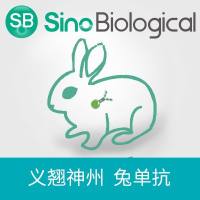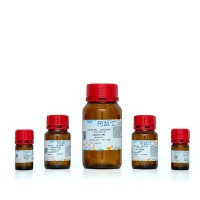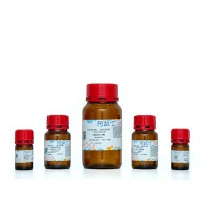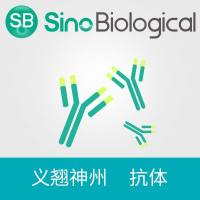The epidermal growth factor receptor (EGFR) family consists of four closely related transmembrane receptors including the EGFR (erbB1), erbB2 (HER2), erbB3 (HER3), and erbB4 (HER4). EGFR (erbB1) was the first member to be described and sequenced (1 ). The EGFR is a 170 kDa plasma membrane glycoprotein composed of a single polypeptide chain of 1186 amino acids (2 ,3 ). The receptor consists of an extracellular ligand-binding domain, a transmembrane lipophilic segment, and an intracellular tyrosine-kinase (TK) domain (4 ). Binding of the ligands such as epidermal growth factor (EGF) and transforming growth factor α (TGFα) to the extracellular ligand-binding domain results in receptor dimerization, activation of its intrinsic TK activity and autophosphorylation of the receptor (2 ). These effects lead to activation of a signal transduction cascade of biochemical and physiological changes that culminate in DNA synthesis, cell division, and inhibition of apoptosis (2 ).






